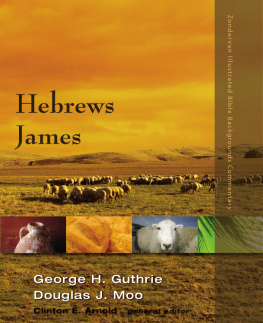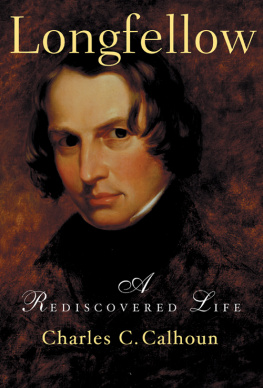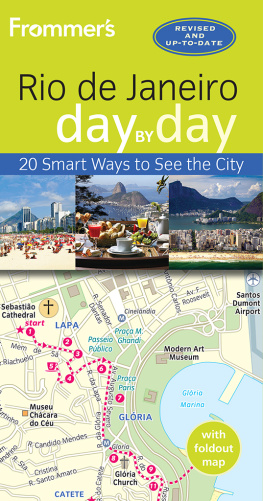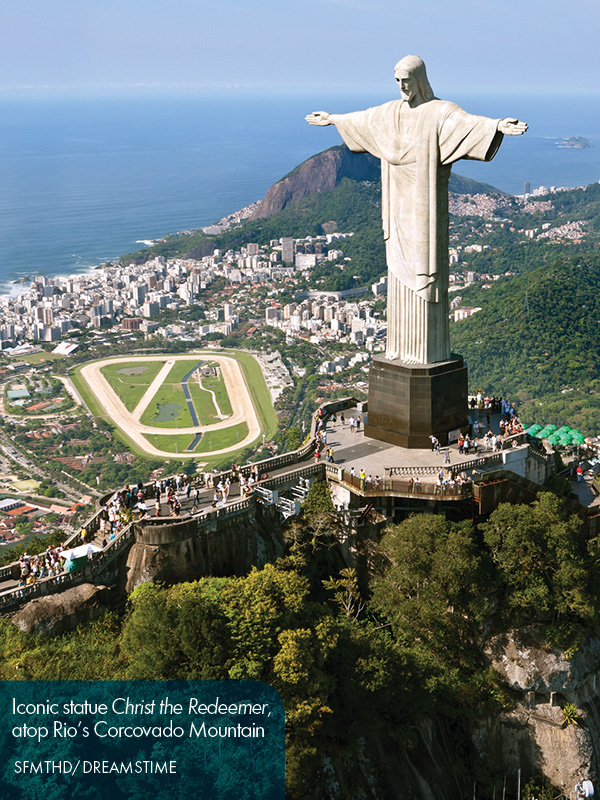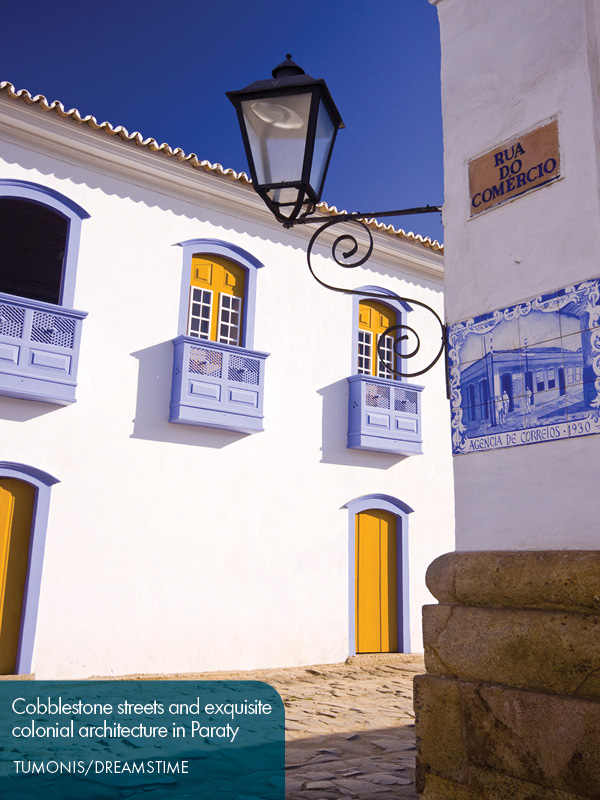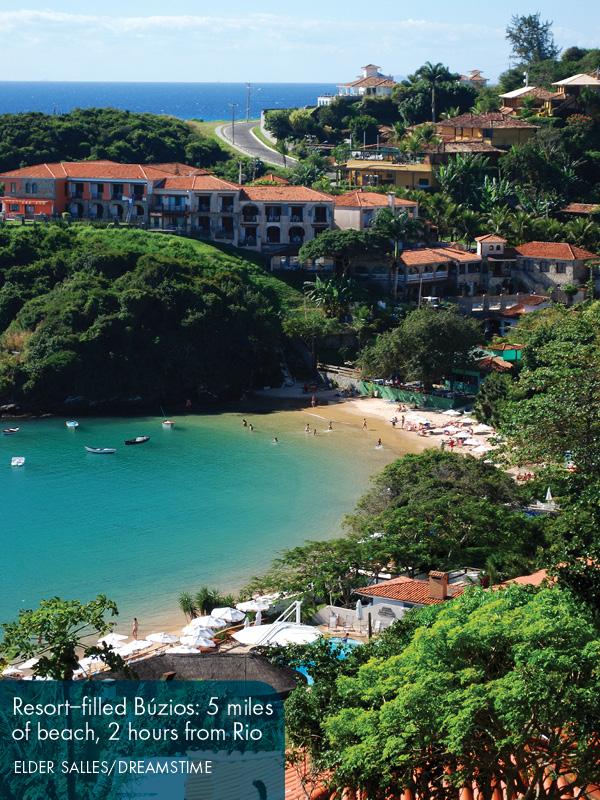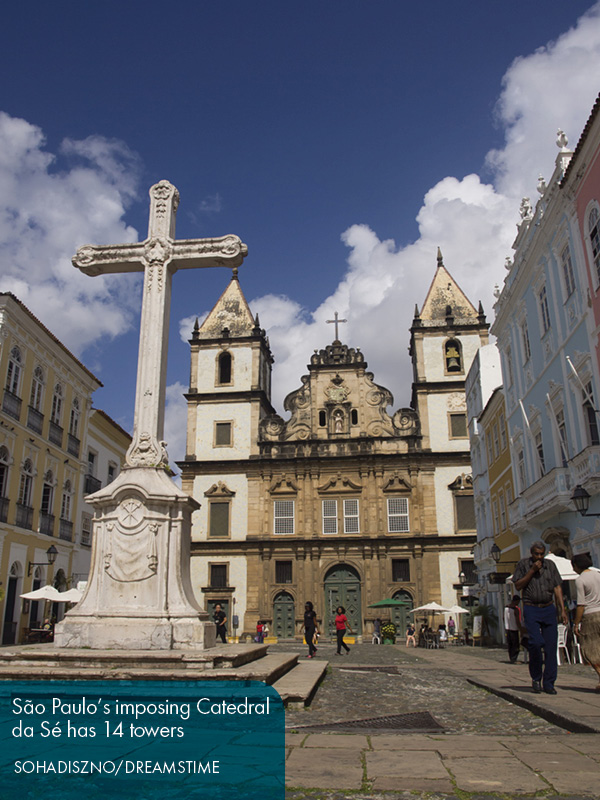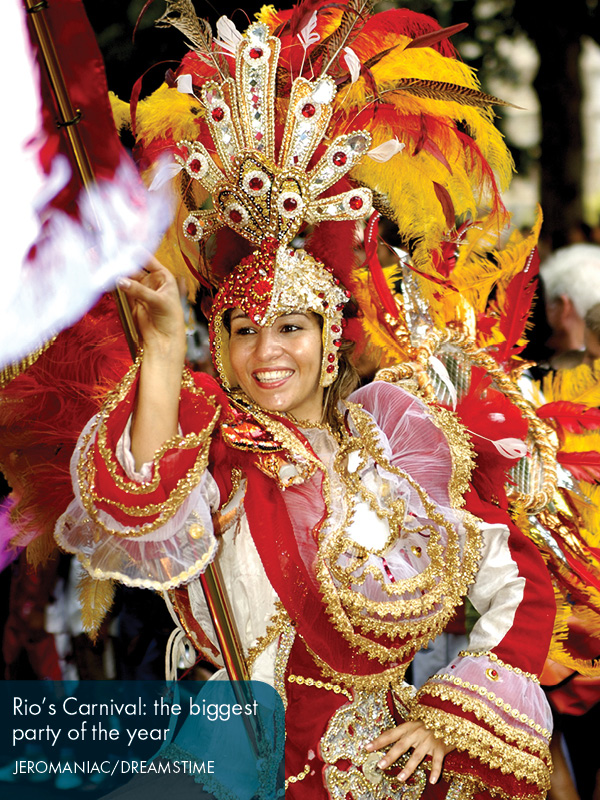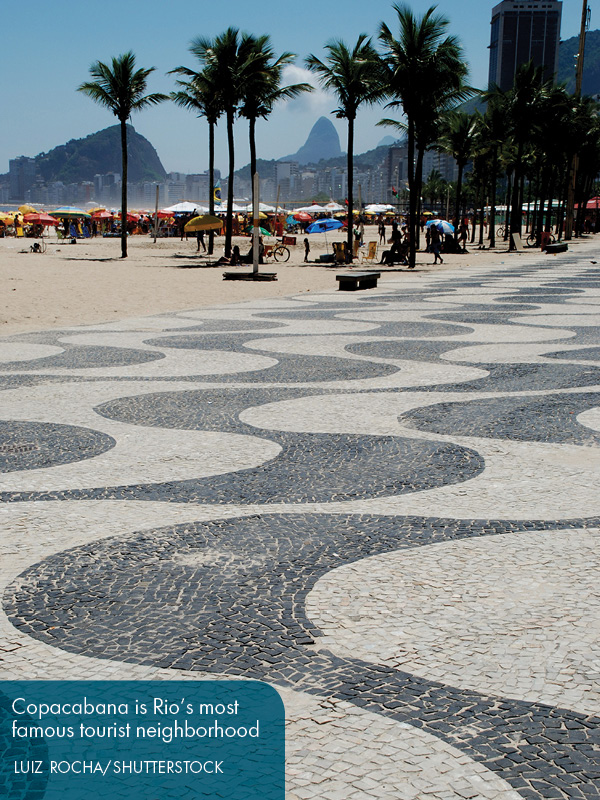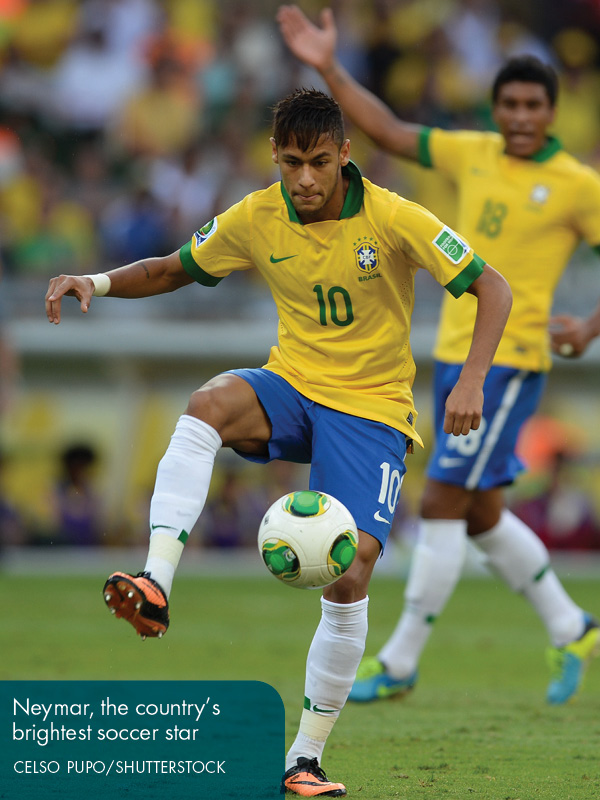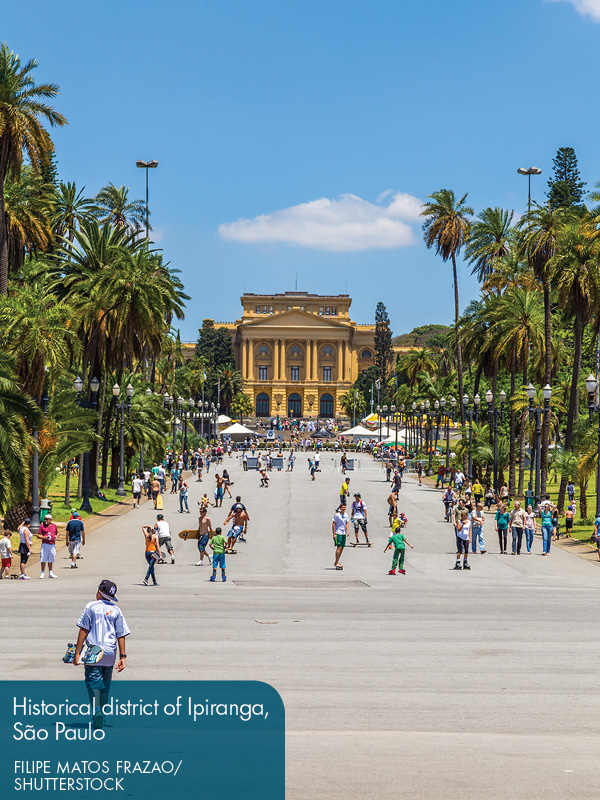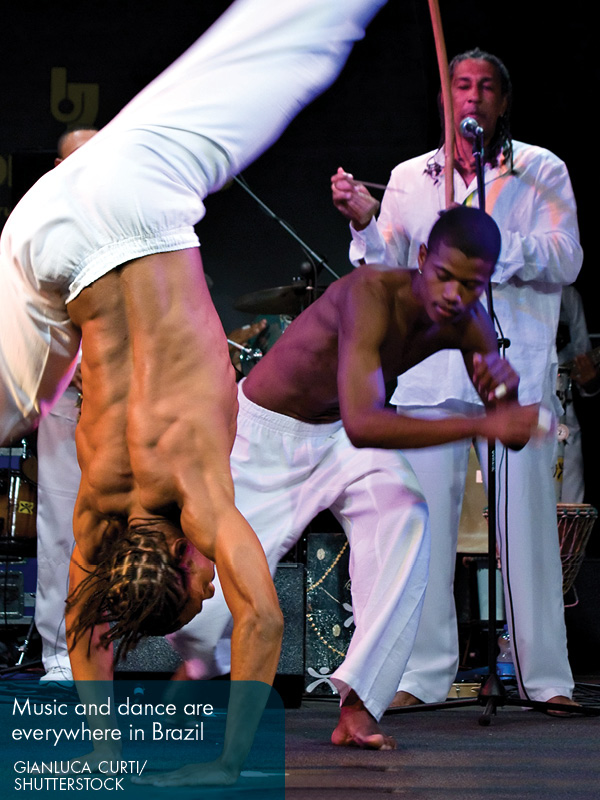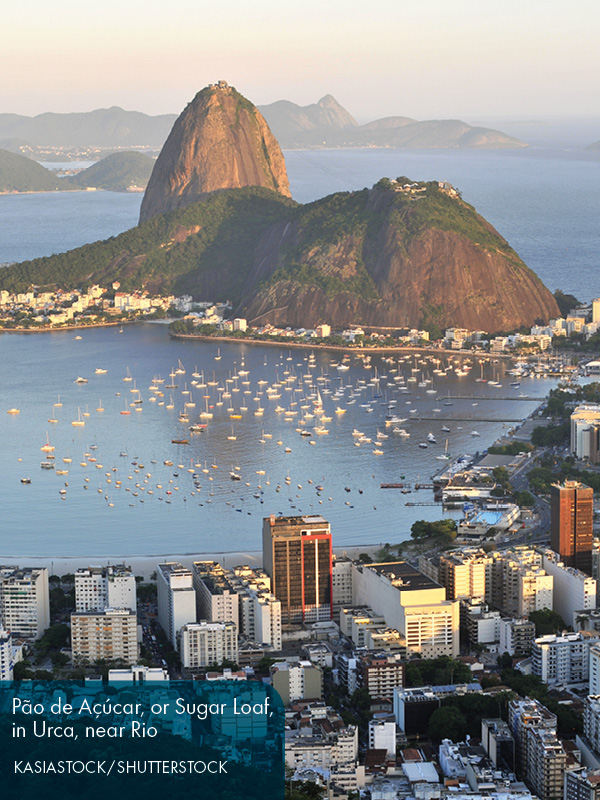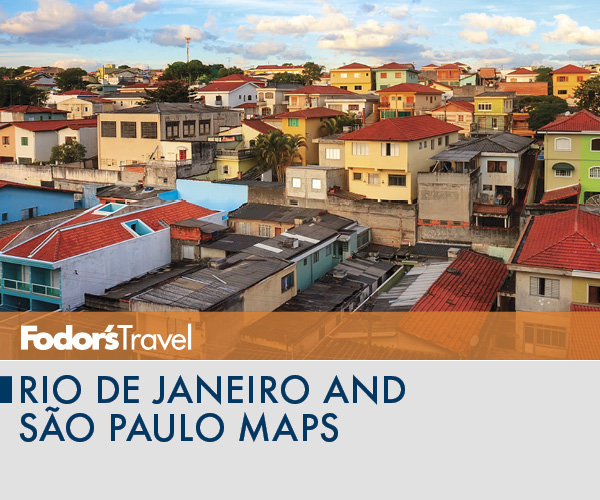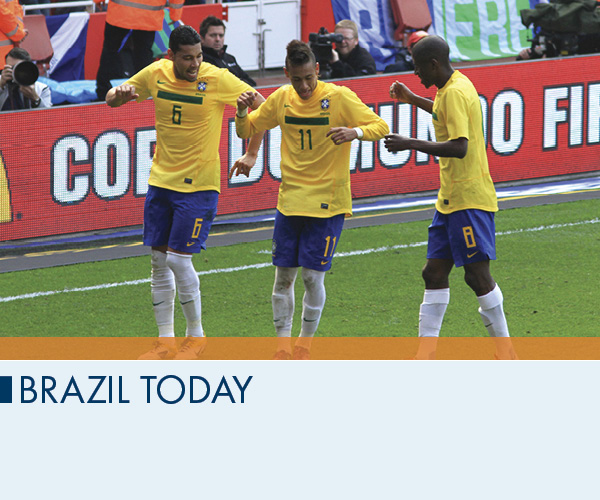Brazil is immensely diversesocially, culturally, racially, economicallyand rife with profound contradictions that are not always evident at first. All this makes for a complex nation that eludes easy definitionsbut is fascinating to discover.
Culture
Brazils contrasts are everywhere. Take a look around when you land. Dense forests that are home to pint-sized monkeys and birds found nowhere else brush up against gleaming high-rises, which in turn border favelas (shantytowns). Juxtapositions of this sort can make any experience breathtaking and shocking at once.
Brazilians are known for their warmth, their tiny bikinis, their frequent public displays of affectionits not uncommon to see couples kissing at length on a park bench or a beach blanketand their riotous displays of joie de vivre in annual Carnival celebrations. But the country is also home to the worlds largest Catholic population, and conservative sexual mores shape the culture more than visitors might imagine.
A stroll through any Brazilian town will show you this is one of the most racially mixed populations anywhere. The country was shaped not only by the Portuguese, who brought their religion and language, but also by millions of enslaved Africans, the native indigenous, and waves of European, Arabic, and Japanese immigrants. Most Brazilians include elements from several of these backgrounds in their cultural and ethnic heritage.
Brazil never had the institutionalized discrimination that marked the United States, yet it is far from being a color-blind society. In spite of the recent economic boom, blacks and the indigenous still face stiff discrimination and underrepresentation in government. They also far outweigh whites at the broad base of Brazils economic pyramid.
Politics
Brazils current president, Dilma Rouseff, is an example of how Brazil defies stereotypes. The fact that she is a womanand twice divorced at that, currently living without a husbandwas scarcely discussed during her 2010 and 2014 campaigns for president, even though this is a country were machismo (male chauvinism) still thrives.
Of far greater importance to voters during her first presidential campaign was that she is a member of the Partido dos Trabalhadores (PT), or Workers Party, and had the support of the immensely popular outgoing president, Luiz Incio Lula da Silva, who had towered over the political landscape for the previous decade. Lulas story is fascinating. Born into poverty in the countrys Northeast, he rose to prominence in So Paulo as a union leader while the country was still under the rule of a military dictatorship that had seized power in 1964. Buoyed by his charisma and his appeal to poor Brazilians, Lula was elected to the presidency twice. His popularity played a large part in securing victory for Rousseff in her initial election campaign.
During Rousseffs first term, the country slipped into recession, and many took to the streets to demand better public services. Rousseff has divided the country by keeping in place transfer-of-wealth policies that have helped alleviate poverty, but which many wealthier Brazilians see as spoon-feeding the poor in return for votes. She is widely popular in the North and Northeast but has less support in So Paulo and the South.
Economy
After punishing years of economic instability and hyperinflation in the 1980s and 90s, Brazils GDP began to grow along with prices and demand for the commodities that make up the base of its economy, including soybeans, sugar, iron ore, and oil.
The last decade of social progress has created real improvement in the quality of life for Brazils new middle class. About 35 million Brazilians have hoisted themselves out of poverty in that time. More than half of the countrys 194 million people now officially belong to the middle class. However, many still hover perilously close to the bottom, and many more live in neighborhoods that still dont have such services as trash collection, sewage treatment, and safety. Even though the improvements have been real and visible, there have been increasing protests recently over issues such as public health care and education.
Religion
Brazil has the worlds largest Catholic population, although Roman Catholicism has been losing worshippers to Evangelical churches. These churches are booming, especially in poorer communities where it is not uncommon to see several modest storefront churches on a single street.
In religion, like in so many other aspects of Brazil, the reality is more complex than it first appears. The countrys rich ethnic and cultural heritage means that the dominant Christianity is often blended with other sects and religions, creating fascinating local variants that are unique to Brazil.
The most widespread examples of this blending happen within Afro-Brazilian religious practices. Forbidden from worshipping the deities they brought with them from Africa, enslaved men and women established connections between their orixas, or gods, and saints from the Catholic faith of their masters. This way, they could pay homage to their own gods while keeping up appearances by seeming to pray to Catholic saints.
Although freedom of religion is enshrined in the constitution, Brazils many contradictions surface in attitudes toward Afro-Brazilian faiths such as Candomble, the more orthodox of the variations, and Umbanda, an even more syncretic religion incorporating elements of French-based spiritualism. Although some Afro-Brazilian practices are popular, including wearing white on New Years Eve and leaving gifts of flowers and fruit on the beach to honor Iemanja, the orixa of oceans and seas, serious practitioners can be frequent targets of discrimination.



